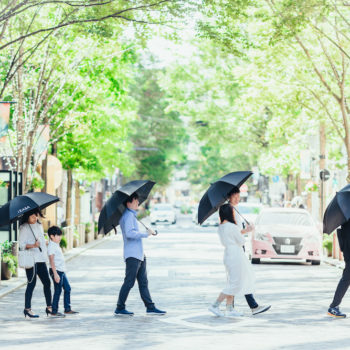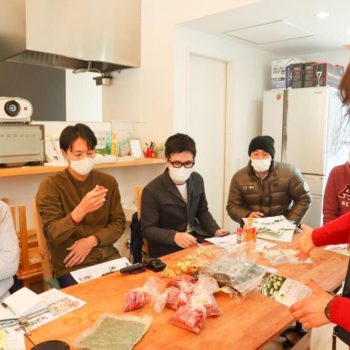![Solar Crew renovating a vacant akiya house to approach the social issue sustainably [Experience Report]](https://circular.yokohama/wp-content/uploads/2021/04/Image-from-iOS-31.jpg)
Solar Crew renovating a vacant akiya house to approach the social issue sustainably [Experience Report]
- On 2021/6/7
The increase of vacant houses called Akiya is getting one of the serious social issues here in Japan.
A 2018 survey by the Ministry of Internal Affairs and Communications found that 13.6% of all houses in Japan are abandoned. The shrinking population in and of itself is not the only cause. Other reasons include increasing property taxes, a preference for new houses among Japanese people, as well as people inheriting these properties and not wanting to take responsibility for them.
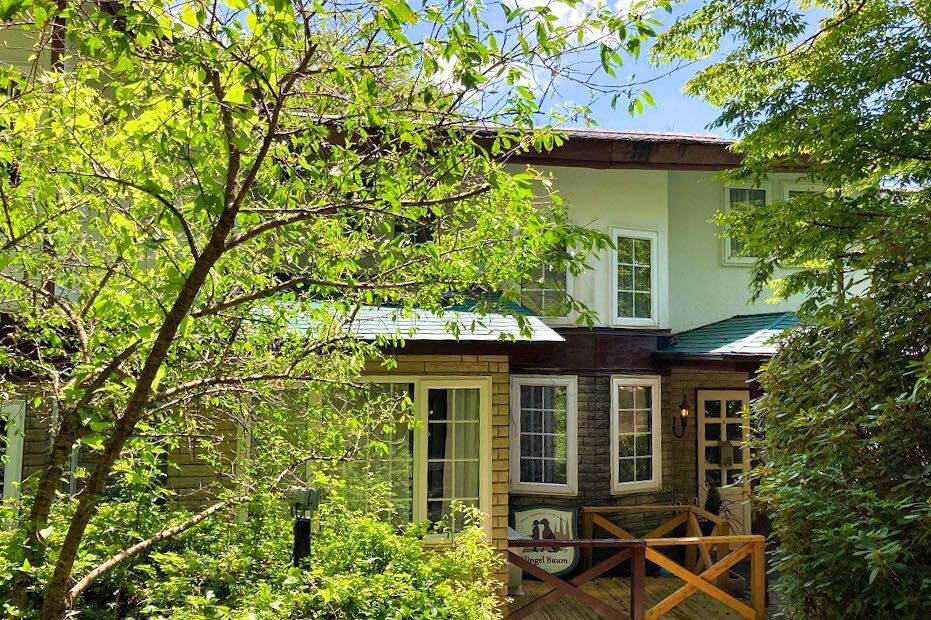
On Saturday, January 23, 2021, we held an event to experience the renovation of vacant houses in Hakone Town, Kanagawa Prefecture, aiming to approach the issue of Akiya.
This event was led by Taiyo Juken, the leader of a renovation and utilization of vacant houses project “Solar Crew.”
Fifteen people came to join the event on the day. We will have you know about our event in this article.
*This event is part of Circular Economy Plus School, which is organized by Circular Yokohama in collaboration with the YOKOHAMA Living Lab Support Office and the NPO Yokohama Community Design Lab.
Introduction to the off-grid system
In the morning, we learned about the off-grid system using renewable energy, which has been getting attention recently.
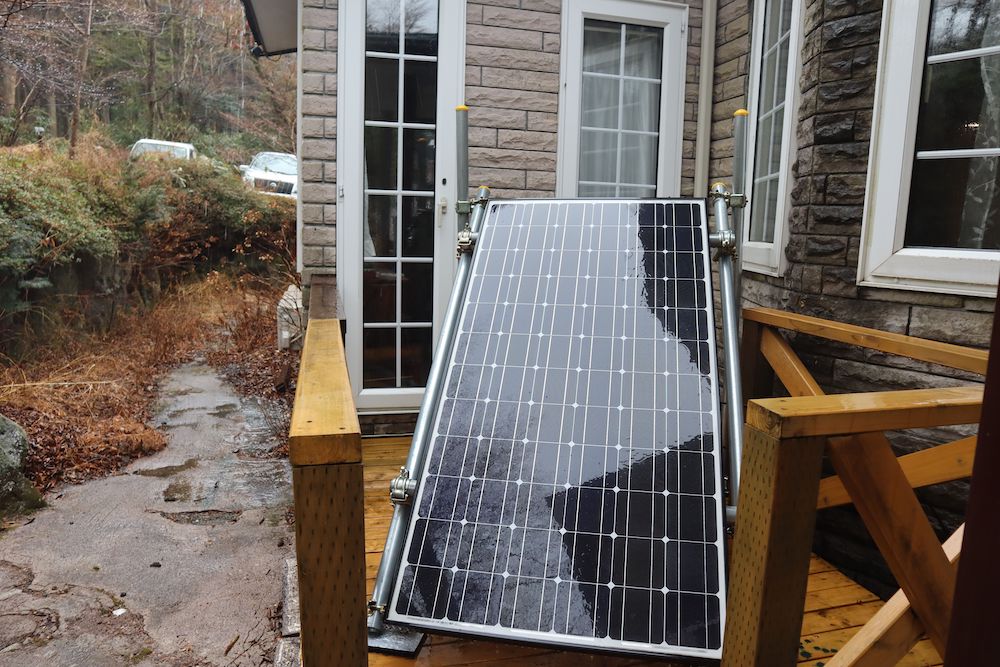
the Solar panel attached to the Akiya house
Off-grid refers to generating electricity on your own without being connected to the power company’s grid. The house in which the event was held has the off-grid system. You can see the real off-grid system there.
To generate electricity itself, you need solar panels, storage batteries, and an inverter. Solar Crew members explained how each of these devices works and showed us the steps of using the electricity generated from the installed solar panels.
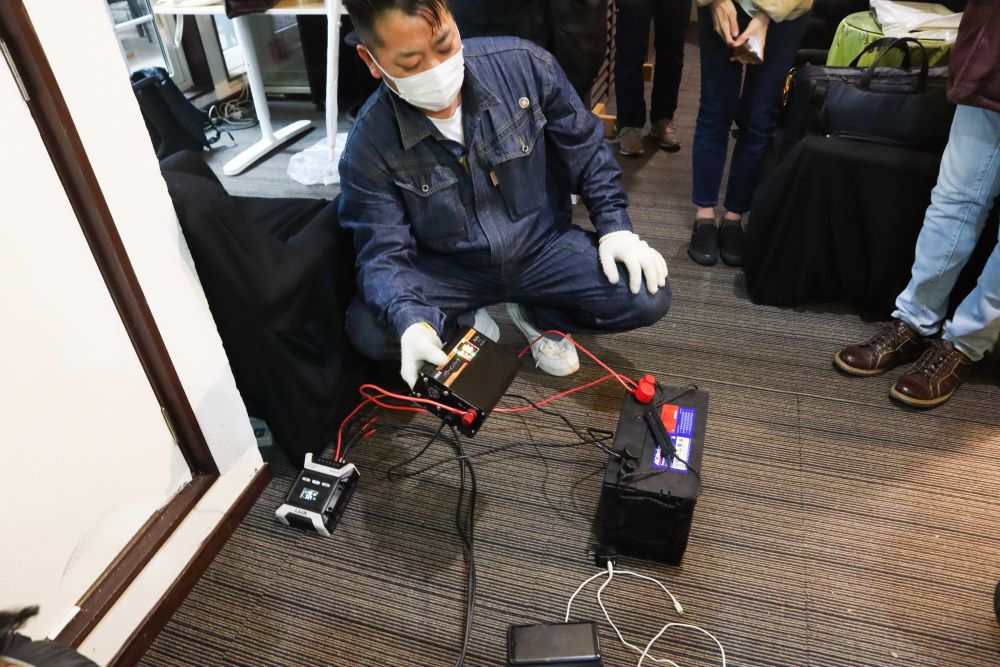
You can charge your phone with self generated power using the off-grid system.
By installing the off-grid system, we can provide electricity not only on sunny days but also on rainy days, which will be helpful in case of a power outage. Some of the participants got interested in having the off-grid system in their houses after listening to the explanation because the cost of installing the system is not too high, and the system is easy to use.
Renovating a vacant home
In the afternoon, we had an exciting activity!
Since the Akiya house, where the event took place in Moto Hakone, used to be a pension, it is well-equipped as a lodging facility. And it is a perfect to stay as an evacuation house.
This time, all the participants worked together to paint the walls.

Before starting the painting work, we used a curing tape to seal the walls. Many of the participants used a full-fledged curing tape for the first time that they were surprised by the tape’s quality and durability.
After sealing the gaps between the walls and windows with the curing tape, we carefully painted the walls using paint and rollers. This time, we painted the walls of the first floor of the two-story building. The amount of paint, the speed, and the direction of the roller made a big difference to the finished look on the walls. It was not easy to maintain the perfect finish as the participants took turns painting the wall little by little.

The work was completed after 90 minutes. The participants commented;
“I hadn’t had many opportunities to work with others in this Covid-19 period, so it was refreshing to be able to work together in a place like the Akiya in Hakone.”
“I felt attached to this Akiya and the area around here, by participating to this Akiya DIY project. I got a stronger desire to be involved in the community development of this area.”
The owner of the vacant house was very welcoming us, saying, “I hope you all will consider this house as your second home and make it a place where you can come back anytime.”
On the other hand, the process of getting people involved in the operation, and the way of constant maintenance of the Akiya house remained as an issue.
The Solar Crew project has only just begun, and we, Circular Yokohama, will continue contributing to solve local issues through the utilization of Akiya houses.
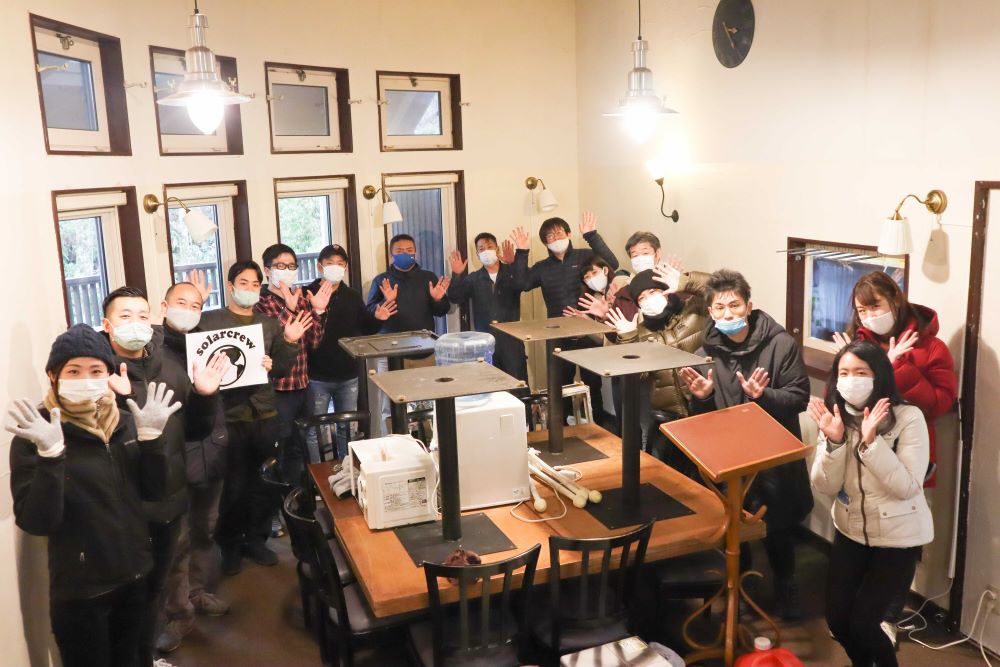
Editor’s Note
The problem of Akiya houses is becoming a social issue throughout Japan these days. Vacant houses are often seen as a hindrance to local communities.
However, by making people aware of those Akiya houses and getting them involved in rebuilding and maintaining them, as in the Solar Crew’s renovation project, people will become more familiar with the issue related to Akiya houses. It is aimed that Akiya houses will be transformed from “obstacles” to “belongings” as a result.
Although it is usually difficult to notice the importance of vacant houses, those Akiya have a high potential to become emergency shelters. Throughout this event, we were reminded of the importance of always being aware of Akiya houses around the neighborhood.
[Reference]Reusing Japan’s vacant akiya homes for sustainable living
Circular Yokohama Editorial Team
Latest posts by Circular Yokohama Editorial Team (see all)
- YOKOHAMA CIRCULAR FASHION GATHERING: Envisioning the future of textile circulation across industries [EVENT REPORT] - 2025/12/9
- Harch Inc. is Holding the Release Event for “Sustainable City Guide: TOKYO – Connect with brands and enjoy upcycling! - 2024/8/7
- Basic and collaboration agreements finalized for Yokohama SDGs Design Center Project - 2024/6/21


![Think about the future of Yokohama with Donut Economics [Experience Report]](https://circular.yokohama/wp-content/uploads/2021/06/Image-from-iOS-64-300x235.jpg)
![Can DX be a solution to the problem with plastic containers? [Experience Report]](https://circular.yokohama/wp-content/uploads/2021/05/shutterstock_525066214-300x200.jpg)
![How can we make a business more sustainable? Find out the way with haishop [Experience Report]](https://circular.yokohama/wp-content/uploads/2021/05/Image-from-iOS-48-300x200.jpg)
![What post-COVID-19 world look like? Circular Economy Plus clear up the new demands in Ryokuen [Experience Report]](https://circular.yokohama/wp-content/uploads/2021/05/FBxDJiOA-300x200.jpeg)
